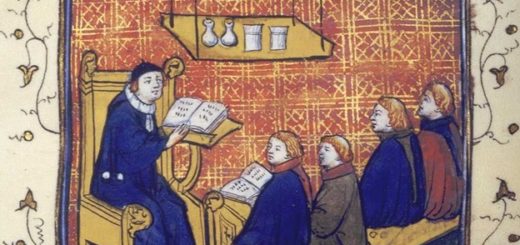Individual Development Repeats Species Development

The title refers to the theory “Ontogeny Repeats Phylogeny”, credited to the German biologist Ernst Haeckel. Since Stephen Jay Gould’s detailed investigation of it in 1977, it has some standing as a framework for evolutionary study, but arguably has lost something of its appeal — perhaps fashionability. It asks for very abstract thinking. Do lives ever repeat anything? And yet the theory has a kind of afterlife in moments when a writer senses some parallel pattern between a life and human evolution– or wants to argue against one. Vilem Flusser (1920-1991) was both.
The theory is that in the course of a lifetime, each of us passes through the same stages humanity has undergone as a whole. In embryonic development, for example, a single cell multiplies and becomes a swimming animal, then an amphibian, a breathing mammal and a human being. But the theory has also been extended to looser and livelier cultural applications. We learn to speak a language, to write and read. We pass through the stages of our respective cultures: Europeans develop from ancient to medieval, Renaissance, Baroque, classical, romantic, into modern beings. I wonder whether some get stuck. I think I have. In the midst of a myriad possibilities for creating, inhabiting, sharing virtual realities at breakneck speed, I still want to write!
Flusser, in any case, returned to the idea of ontogeny and phylogeny at the point in his life — the last year, in fact — when he was thinking about writing a memoir. The text he wrote, translated into English here for the first time, at one level embraces the idea of a repetition, but at the same time dismisses it. For by the time such an autobiographical text would be complete, all potential readers would have evolved past the point of grasping their common ground.


